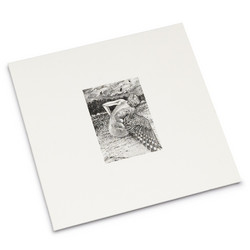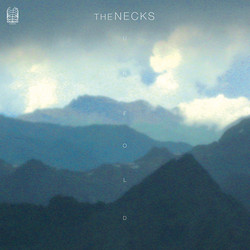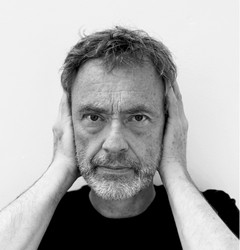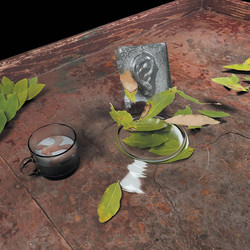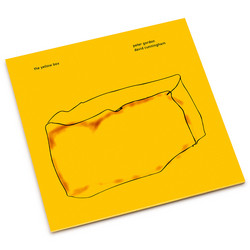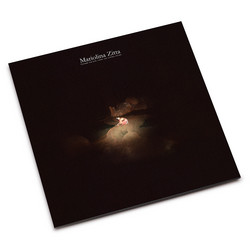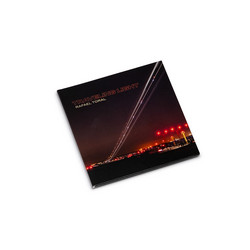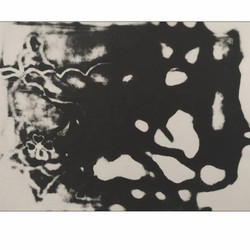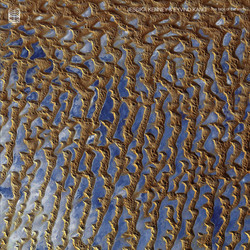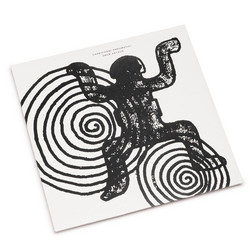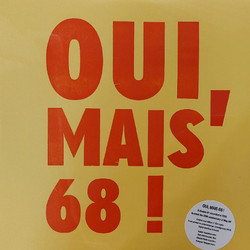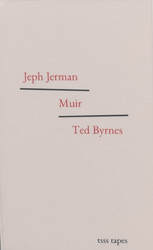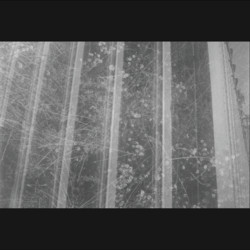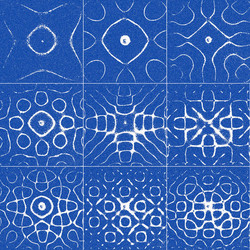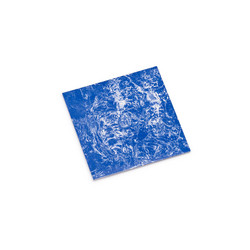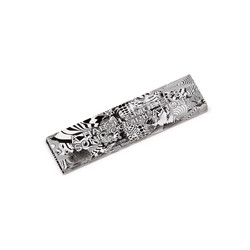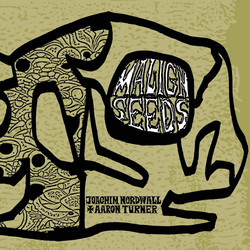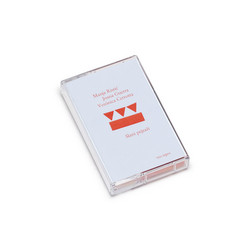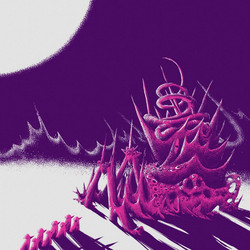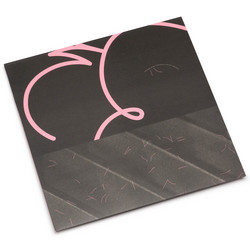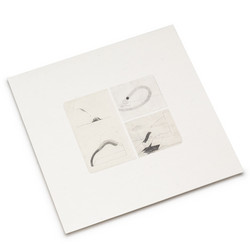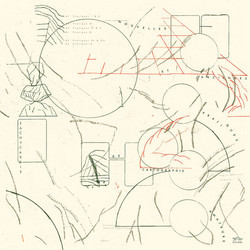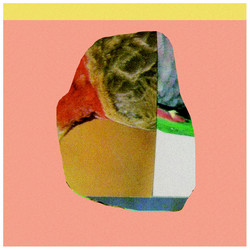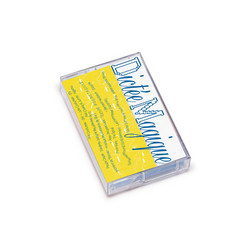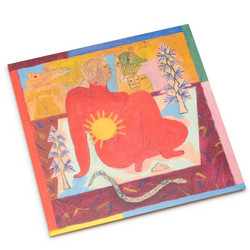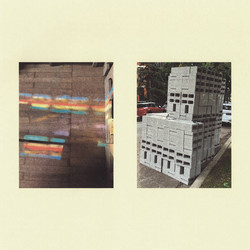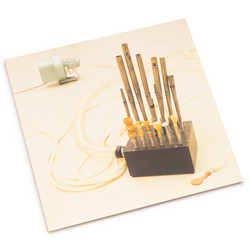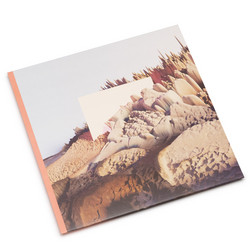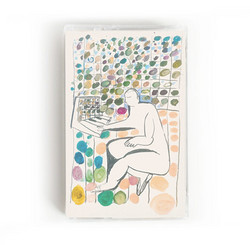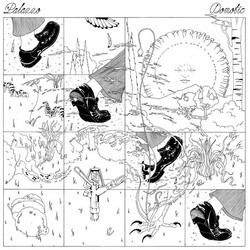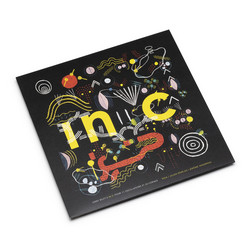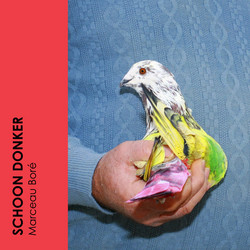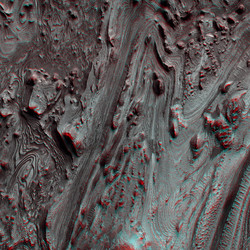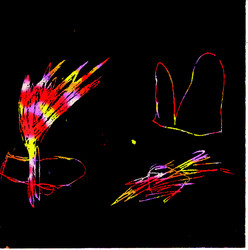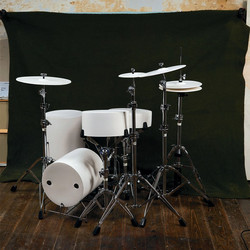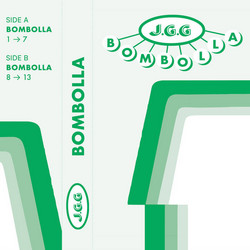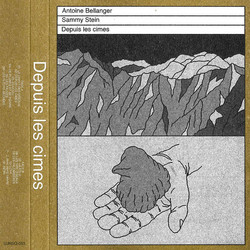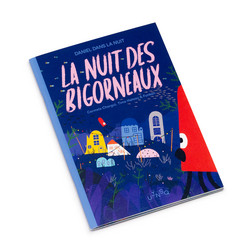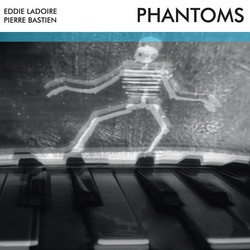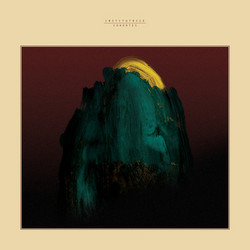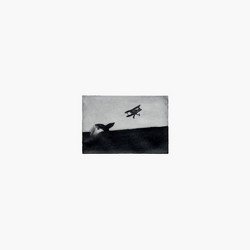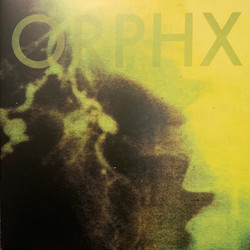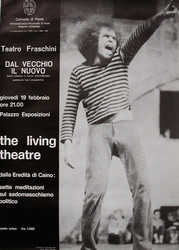Drummer Jean-Baptiste Geoffroy piles project upon project, but each of these endeavours are varied and different. To start with, there is Pneu, the frenetic drum/guitar duo whose concerts invariably rate high on the Richter scale. Next, there is Kick5ive ,Geoffroy’s electronic and recreational project, as well as Binidu, an SF pop trio which pushes experimental boundaries. Then comes La Colonie de Vacances, a quadraphonic stage creation bringing together twelve musicians.
In short, Geoffroy is an insatiable drummer who likes to work in groups, to explore musical devices and above all, to challenge himself. The idea of challenge brings us to Tachycardie, Geoffroy’s solo project...and a drumless one.
Superb records by drummers exist already, but JB Geoffroy has no interest simply in following in the footsteps of Chris Corsano, Man Forever or Will Guthrie, all of whom he cites as touchstones.
Where, in that, would lie the challenge, the jeopardy, the playful adventure? Thus is explained JB Geoffroy’s radical choice to do without drums. He conceived Tachycardie as a sound device combining on the one hand, the abstraction of electronic sound gleaned from field recordings, for example, and on the other, the density of palpably material sound. No snare drum, no bass drum for Tachycardie, then, but instead ceramics, driftwood, bells, keys, broken dishes, oyster shells...even a hardcover History of France, signed by one Pierre Conard. Geoffroy mixes a few instrumental sounds, like motorized cymbals and guitars, into what these heterogeneous objects provide.
Tachycardie gives the artist the scope to explore the acoustics of the world and its objects, to realize the infinitude of their possibilities, to sift through such possibilities and to offer up the gems that he finds glinting in the mesh.
In 2019, Geoffroy released Tachycardie’s debut album, Probables (Un je-ne -sais-quoi 2019).
A record of unprecedented richness, sumptuously produced by Brice Kartmann, it also served to launch Tachycardie on stage, both solo and as a group. For the Tachycardie Ensemble, Geoffroy is accompanied by six musicians, and for each phase of his tour, he invites between five and ten others to join him live. Tachycardie can also take the form of autonomous plastic and sound installations.
According to Olivier Lamm writing in Libération, Geoffroy "composes as much as plays, encircles us as much as listens". It would be hard to put it better than this. Tachycardie’s root system spreads deep into the soil of the playground, in the childhood sense of the word: of play as exploration, and as unpredictability. Play as surprise: creating surprise with, and being surprised by, unexpected correspondences between materials”.
One harmonic, created by the impact of drumstick on ceramic tile can run into another, emanating this time from a piece of metal or wood. Thus a new texture is created: a mobile, multiple and unified quality which will form the very DNA of Tachycardie for the full duration, or even for only a tiny part, of a track.
Such play is also about image, and about the stories that these images can tell. Geoffroy feeds on images and creates new ones. As a sketch artist and graphic designer, he reformulates images into sounds, and these, in turn, forge new images: telling stories without using words, creating worlds without drawing them. To be nourished by, and to derive form from, the chaotic and the unexpected: this is the mission of Tachycardie's new album.
Sommé-e is like the setting in sound of stories that we have yet to imagine. The frenetic opening track, "Pas élevé, se nourrit", begins with almost nothing. Two sticks, three ceramic tiles, but eleven minutes in, we hear a world being conjured into existence, a whole theatre of storms and chases in which asian sonorities and spectres surround us.
The apparent chaos of the second piece, "D’Humeur à savoir", answers the rhythmic regularity of the first. The percussion becomes spasmodic, the dance that it sketches evoking the unpredictable gestures of animals on the alert: static one moment,in motion the next, without transition.
Insect-like noises mingle with the lopsided footfall of an electronic pachyderm. Everything ends with a bell ringing, and this same sound opens the next track: "Directement, au voleur", a long piece of seventeen full minutes.
Here, Geoffroy takes his time. First, there is silence. The stage is being set. A brassy drone, like the ghost of a gong, becomes a reptilian undulation. Then a rhythm emerges: it is regular, tribal. An unexpected electronic thunderclap gives the signal, then a menacing tribe multiplies and fans out: to the left, to the right. Surrounded on all sides, deep in the jungle, we wonder how we're ever going to escape...and then comes the climax of this sonic tale: a moment of trance, and of pagan sacrifice.
"When Tachycardie play live, ultimately, the game being played is one of magic,and in concert, the audience is part of that game. When we are shown a magic trick, what gives delight is the gulf between the unproblematic clarity of what we see (what comes out of the hat is a real living rabbit) and the problem of understanding what has given rise to that which we have so plainly observed or experienced. In concert, we clearly see JB Geoffroy installed in his cabinet of curiosities.
Surrounded by machines, bongos, bits of washing machine, his History of France. There he is, in his device called Tachycardie. At moments frenetic, striking everything that lies in front of him at the speed of sound, or introspective, spinning a rhythm for six minutes, he provokes a trancelike state in an audience dumbfounded by what it hears, and unable to understand how he does it even though the elements at play are laid out for all to see. A Tachycardie concert is a pagan magic show.” - Johann Trumel, 2021
